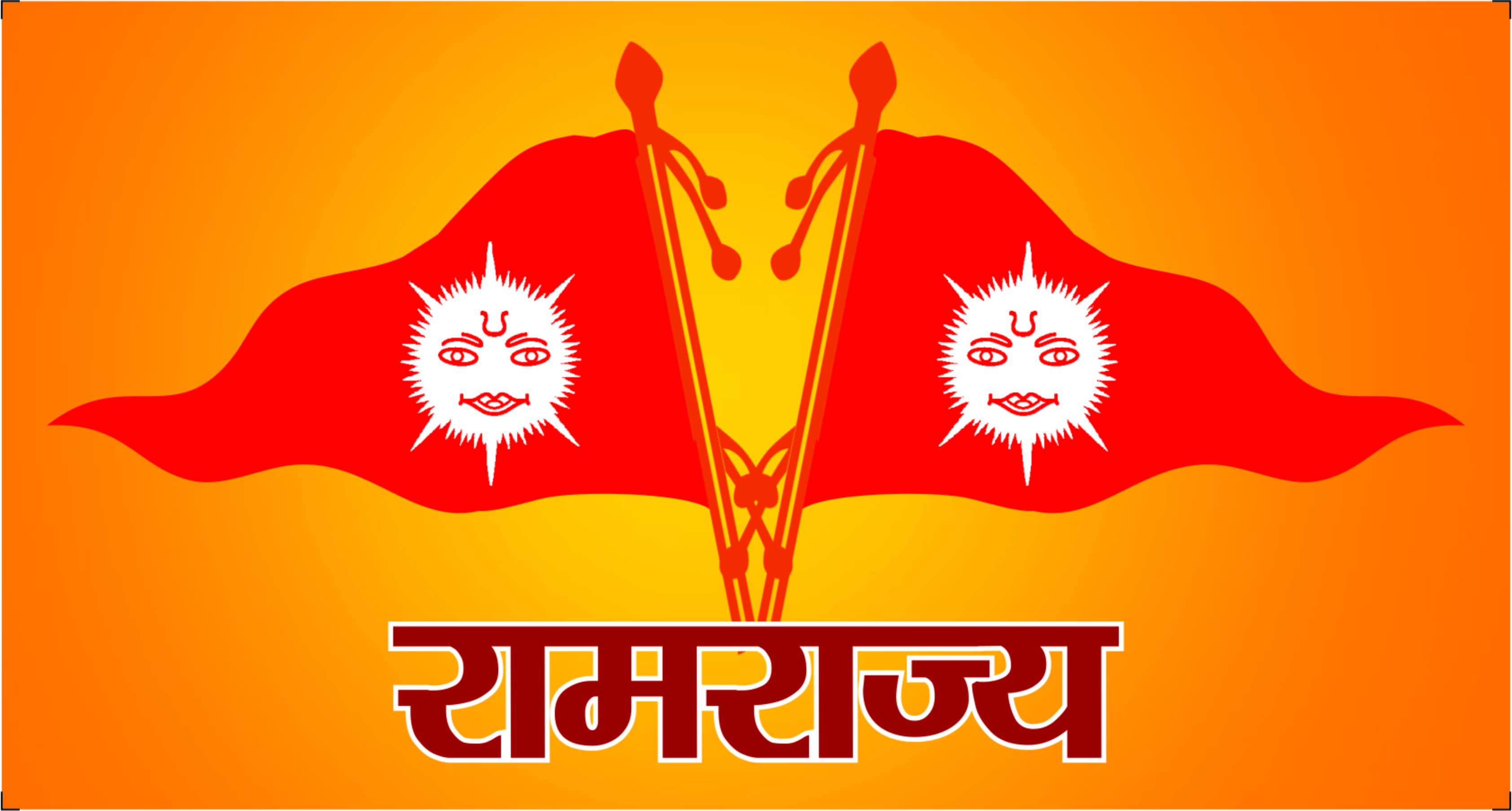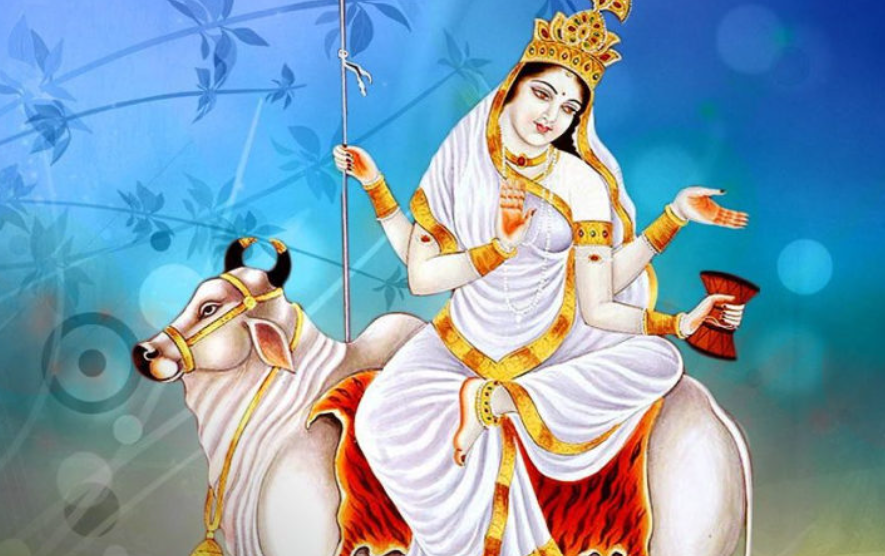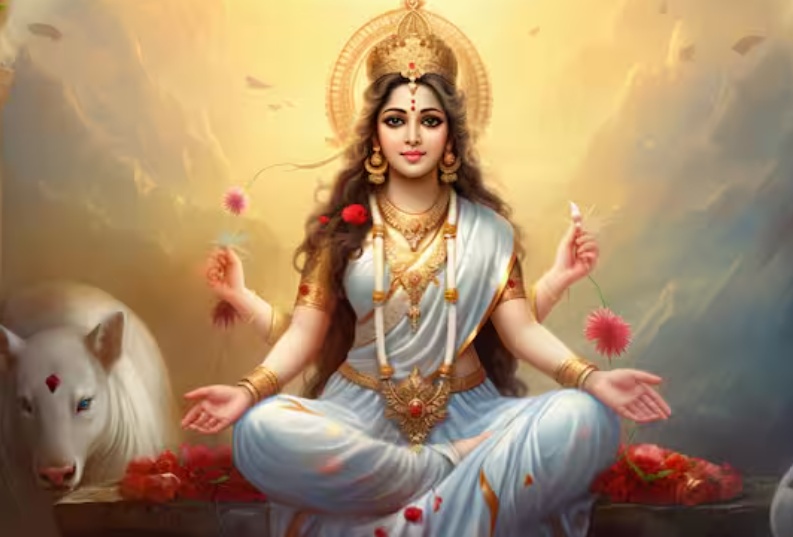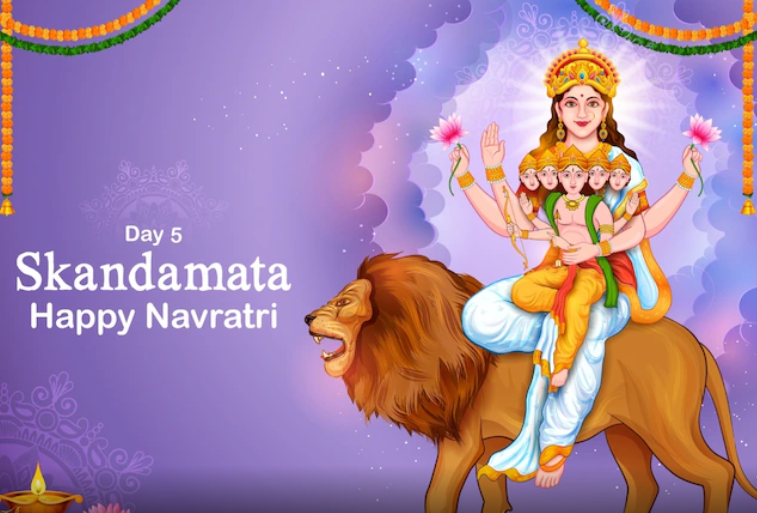Navratri, the nine-day festival of devotion and fasting, celebrates the divine forms of Maa Durga. Each day is dedicated to one of her avatars, each embodying unique aspects of her role as the mother of the universe. On the first day of Navratri, devotees worship Goddess Shailputri, also known as the “Daughter of the Mountain.” Her story and symbolism hold immense importance in Hindu mythology and spiritual practices.
The Origin of Goddess Shailputri
Goddess Shailputri is believed to be the incarnation of Devi Sati, the first wife of Lord Shiva. In this form, she was born as the daughter of King Himavat, the ruler of the mountains. Her name, “Shailputri,” comes from “Shaila” meaning mountain, and “Putri” meaning daughter.
Devi Sati’s story is central to Shailputri’s significance. Sati was deeply devoted to Lord Shiva, but her father, King Daksha, did not approve of their marriage. Daksha organized a grand Yagna (sacrificial ceremony) and intentionally did not invite Shiva and Sati. Despite this, Sati chose to attend, but upon arrival, she faced humiliation from her father and others. Unable to bear the insults, Sati immolated herself in the fire of the Yagna.
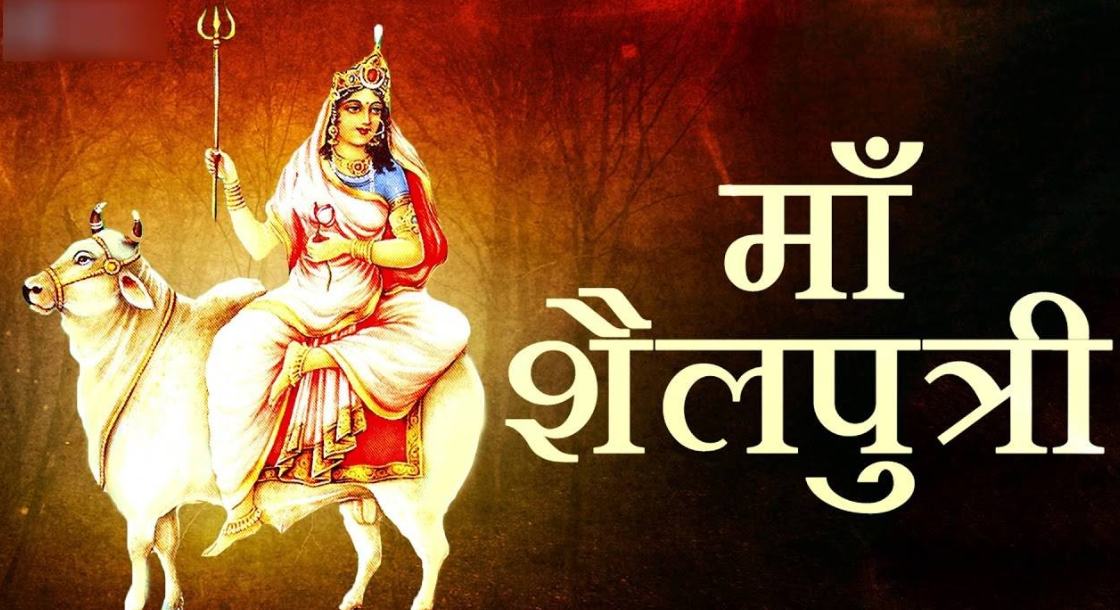
Grief-stricken by the loss of Sati, Shiva withdrew into deep meditation. However, Sati was reborn as Goddess Shailputri, the daughter of the mountain king Himavat. This reincarnation marked a new beginning in the lives of Shiva and Parvati (Shailputri), as she eventually reunited with Shiva, symbolizing eternal devotion and love.
The symbolism of Shailputri Mata
As the daughter of the mountains, Shailputri represents resilience, strength, and the unwavering power of nature. She is depicted riding a bull, Nandi, holding a trident in one hand and a lotus flower in the other. The crescent moon on her forehead signifies her divine connection to the cosmos.
Shailputri symbolizes the Muladhara (root chakra), which forms the foundation of human existence. The root chakra governs stability, security, and grounding. By worshipping her, devotees aim to establish a strong spiritual and emotional foundation during Navratri.
Shailputri Puja Materials and Mantras
The essential materials for Shailputri’s worship include:
Barley and soil for Kalash Sthapana
Water-filled urn, Gangajal, ghee, and sacred red thread (Mauli)
Flowers, fruits, and makeup items for offering
Here are some mantras to recite during the puja:
1. Om Devi Shailaputryai Namah
2. Vande Vanchhitalabhaya Chandrardhakritashekharam, Vrisharudham Shuladharam Shailaputrim Yashasvinim
These mantras invoke the blessings of Goddess Shailputri, symbolizing strength, purity, and devotion.
Life Lessons from Goddess Shailputri
Goddess Shailputri’s story offers profound lessons for overcoming challenges and growing spiritually:
Resilience in Adversity: Shailputri teaches us to remain strong, even when faced with difficulties. Like her rebirth after Sati’s tragic death, we too can rise from our setbacks with renewed purpose.
The Importance of a Solid Foundation: Representing the root chakra, Shailputri emphasizes the need for a grounded life. A stable foundation allows us to face life’s challenges with confidence.
Balance Between Strength and Compassion: While Shailputri represents power, her lotus flower signifies purity and peace. Her story reminds us that true strength comes from balancing might with kindness.
Dedication and Devotion: Shailputri’s unwavering devotion to Lord Shiva, even after being reborn, teaches us the value of commitment. Whether in relationships, work, or spiritual practices, devotion is key to fulfillment.
In worshipping Goddess Shailputri, devotees tap into the divine energies of strength, stability, and resilience. As the first day of Navratri unfolds, her presence sets the tone for a spiritually enriching festival ahead.
